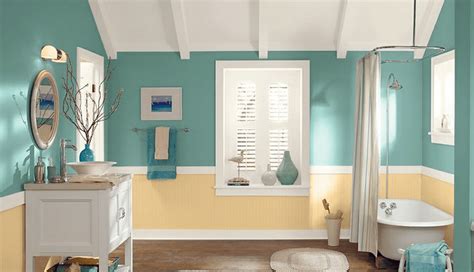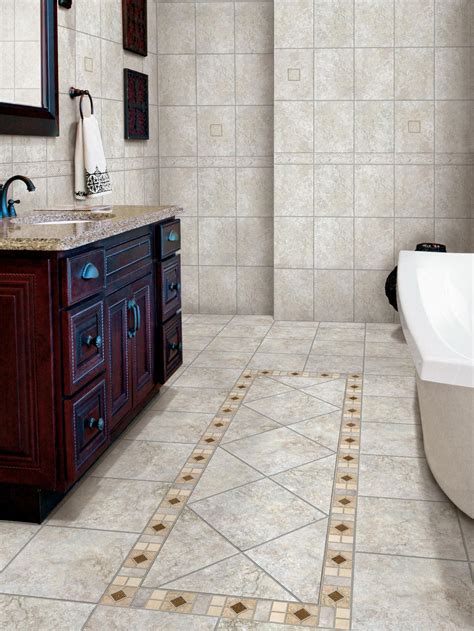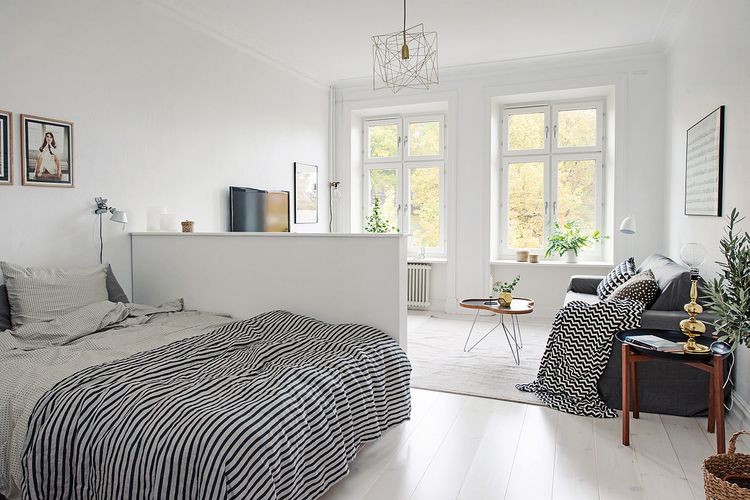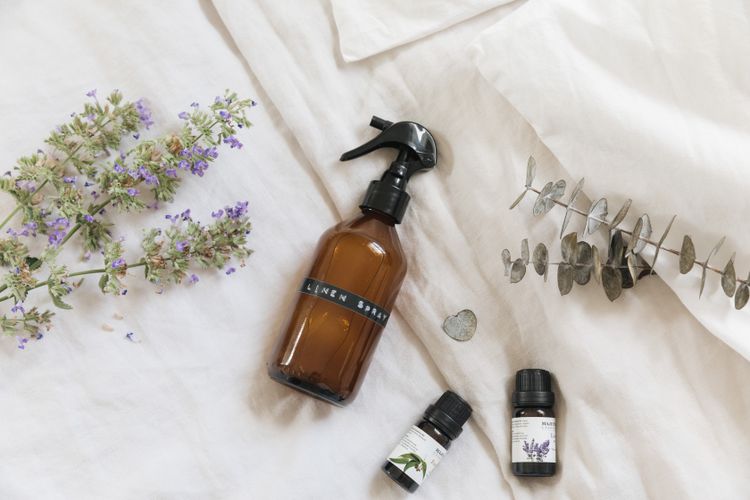
Painting your bathroom is a great way to refresh its look and create a clean and inviting space. However, painting a bathroom requires some specific considerations to ensure a long-lasting and professional finish. In this article, we’ll guide you through the process of painting a bathroom the right way, from choosing the best paint to applying the final touches.
Choose the Best Paint for the Bathroom
The first step in painting a bathroom is selecting the right paint. Since bathrooms are prone to moisture and humidity, it’s crucial to choose a paint that is specifically designed for high-moisture areas. Look for paints labeled as “bathroom paint” or “bathroom and kitchen paint” as they are formulated to resist moisture, mold, and mildew.
Calculate How Much Paint You Need
Before you start painting, calculate how much paint you’ll need to cover the bathroom walls. Measure the height and width of each wall and multiply them together to get the total square footage. Check the paint can for the coverage rate per gallon and divide the total square footage by the coverage rate to determine how many gallons of paint you need.
Clean All Surfaces to Be Painted
Proper preparation is essential for a smooth and durable paint finish. Thoroughly clean all surfaces to be painted, including the walls, ceiling, and trim. Remove any dirt, grease, or mildew using a mild detergent or TSP (trisodium phosphate). Rinse the surfaces with clean water and allow them to dry completely before moving on to the next step.
Remove the Toilet Tank
If possible, remove the toilet tank before painting to ensure a seamless and professional-looking finish. This will allow you to paint behind the toilet without any obstructions. Follow the manufacturer’s instructions for disconnecting and removing the toilet tank safely.
Remove All Other Obstructions
Remove any other fixtures or obstructions in the bathroom, such as towel bars, shelves, or light fixtures. This will make it easier to paint the walls and ensure a neat and consistent paint job. Use masking tape or painter’s tape to cover any areas that cannot be removed, such as faucets or switches.
Cover Areas That Will Not Be Painted
Protect surfaces that will not be painted by covering them with drop cloths or plastic sheets. This includes the floor, countertops, cabinets, and any furniture in the bathroom. Secure the covers in place to prevent any accidental paint splatters or spills.
Cut in the Paint
Start by cutting in the paint along the edges of the walls, ceiling, and trim using a paintbrush. This means painting a narrow strip (about 2-3 inches wide) around the perimeter of the room. Take your time and ensure clean and straight lines.
Paint With the Roller
Once you’ve cut in the paint, use a roller to paint the larger areas of the walls. Dip the roller into the paint tray, removing any excess paint, and apply it to the walls using smooth and even strokes. Work in small sections, overlapping the edges for a seamless finish.
Paint a Second Coat
After the first coat of paint has dried completely, apply a second coat for a more even and vibrant color. Follow the same cutting-in and rolling process as before, ensuring full coverage and consistency throughout the bathroom.
Clean and Finish
Once you’ve finished painting, carefully remove any masking tape or painter’s tape before the paint fully dries. Clean your brushes and rollers according to the paint manufacturer’s instructions. Inspect the painted surfaces for any touch-ups or imperfections and fix them if necessary.
FAQs (Frequently Asked Questions)
1. Can I use regular paint for my bathroom?
No, it’s not recommended to use regular paint for a bathroom. Bathrooms are exposed to moisture and humidity, which can cause regular paint to peel, crack, or develop mold and mildew. Use a paint specifically formulated for bathrooms or high-moisture areas.
2. How long does it take for bathroom paint to dry?
The drying time of bathroom paint can vary depending on the brand and environmental conditions. Generally, it takes about 1-2 hours for the paint to dry to the touch, but it’s best to wait at least 24 hours before exposing the painted surfaces to moisture.
3. Do I need to prime the bathroom walls before painting?
Priming the bathroom walls is highly recommended, especially if you’re painting over bare drywall or a porous surface. Primer helps to create a smooth and even surface, enhances paint adhesion, and prevents stains or discoloration from bleeding through the paint.
Conclusion
By following these steps and guidelines, you can confidently paint your bathroom the right way. Remember to choose the appropriate paint for high-moisture areas, calculate the amount of paint needed, clean the surfaces properly, and take your time during the painting process. With a fresh coat of paint, your bathroom will be transformed into a beautiful and inviting space.

:max_bytes(150000):strip_icc()/what-is-the-difference-between-a-pergola-and-an-arbor-2736630-hero-68bb466d08ab490a81ad36b2b44cccdf.jpg)




